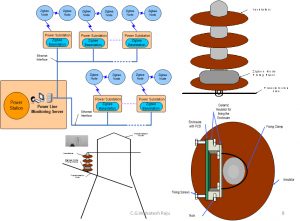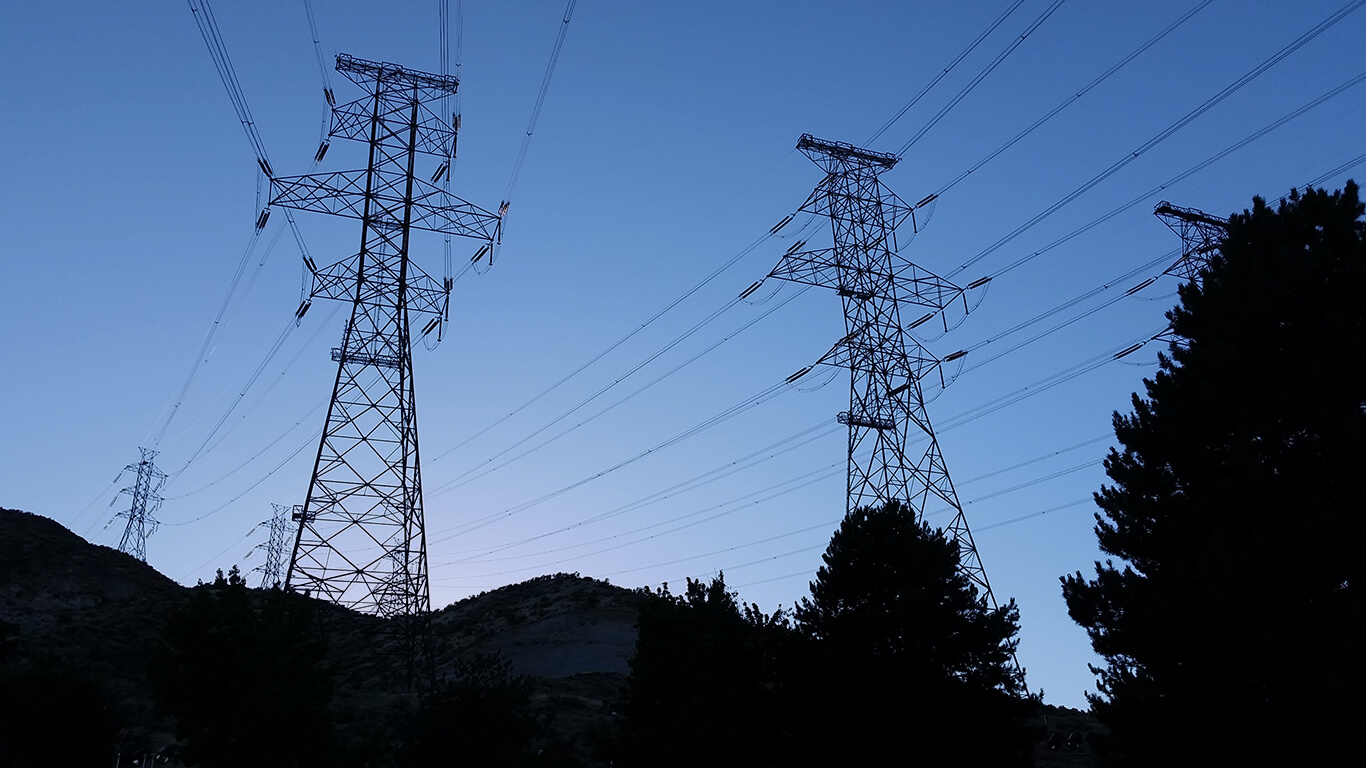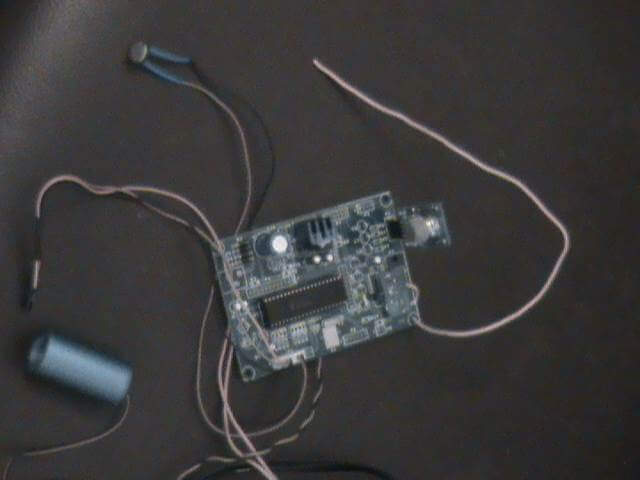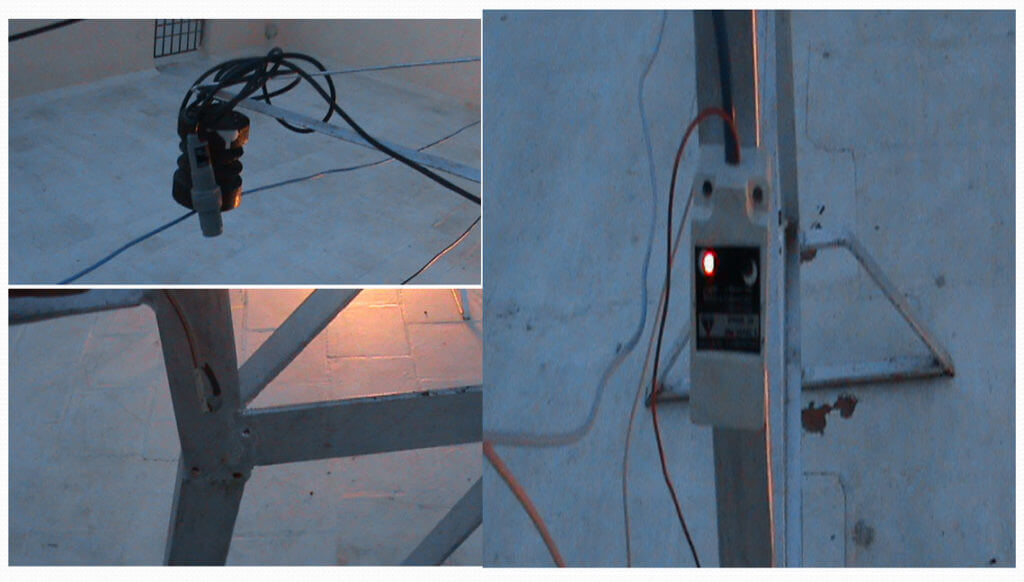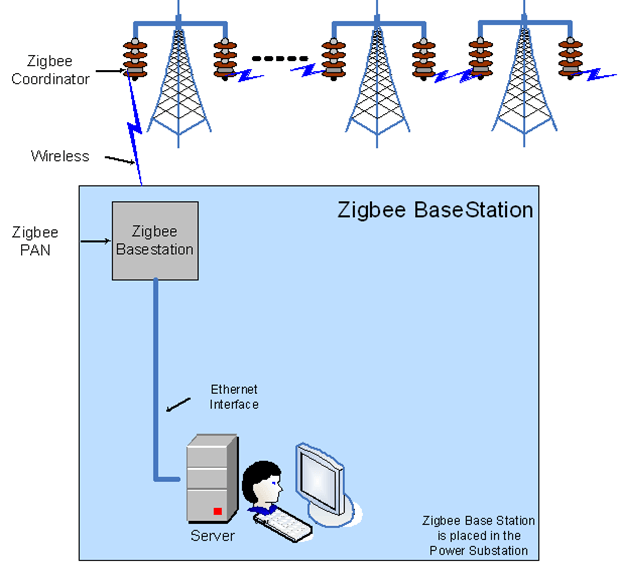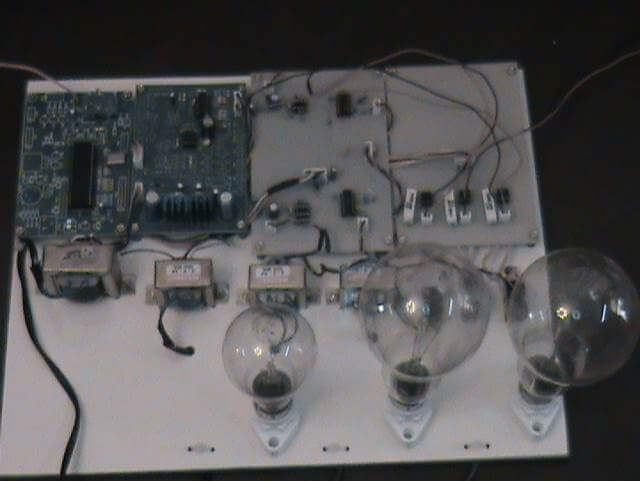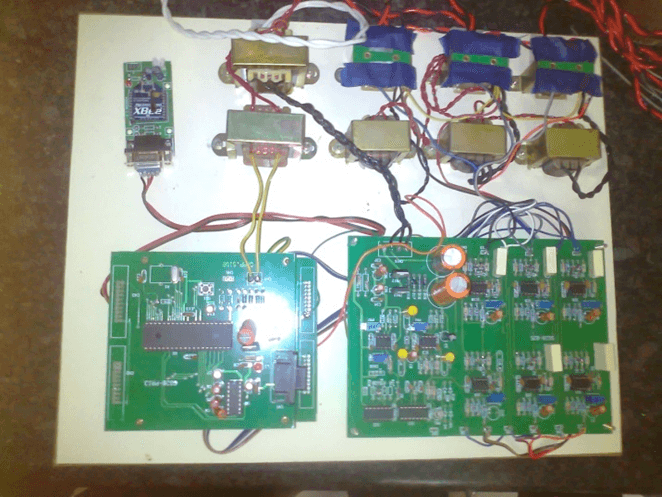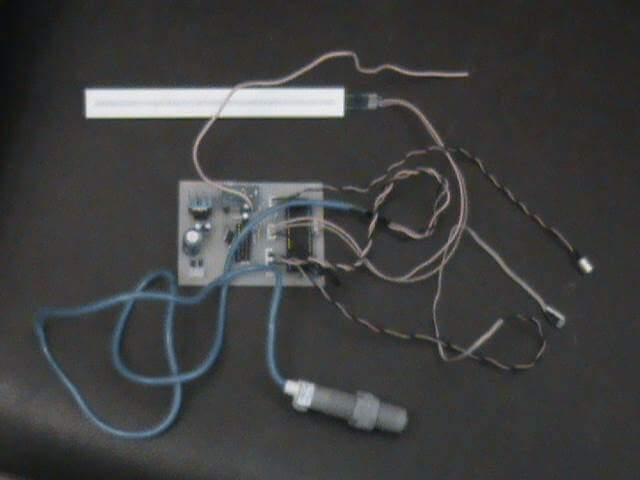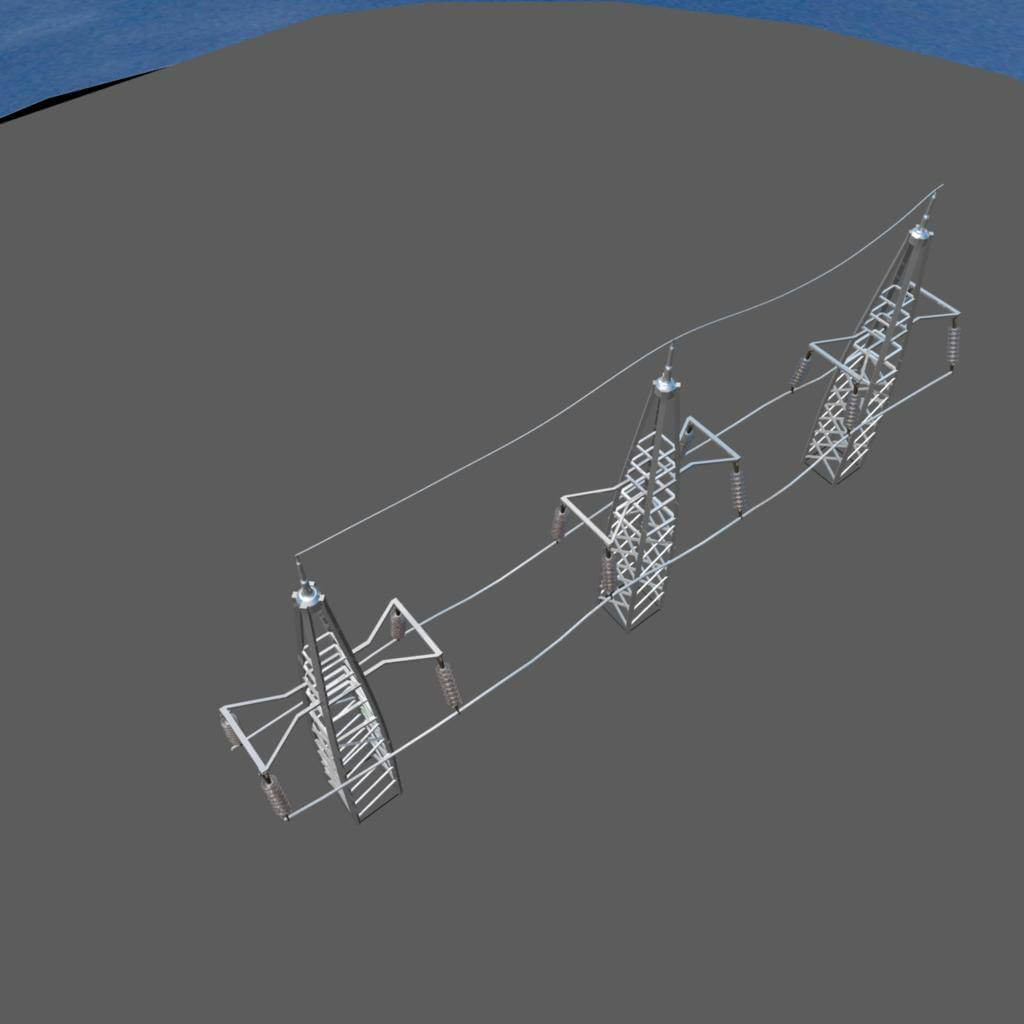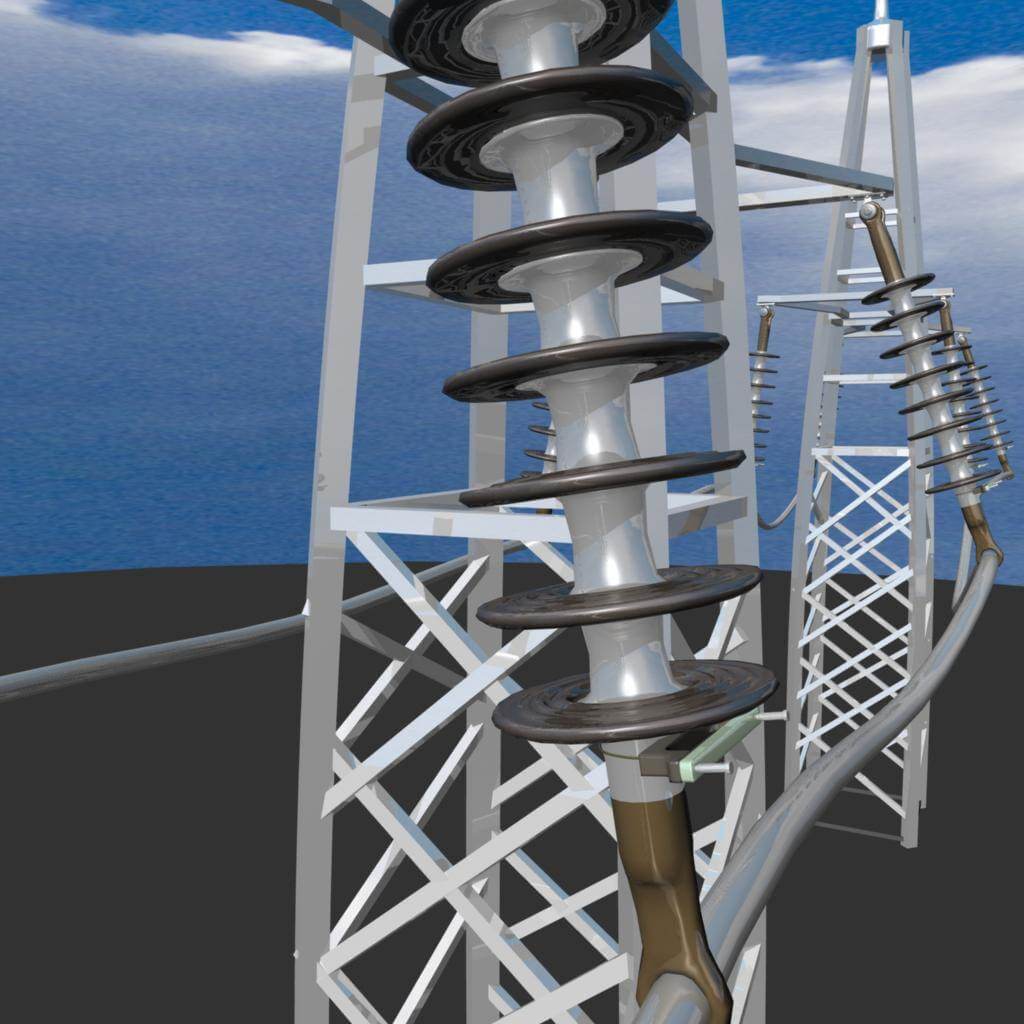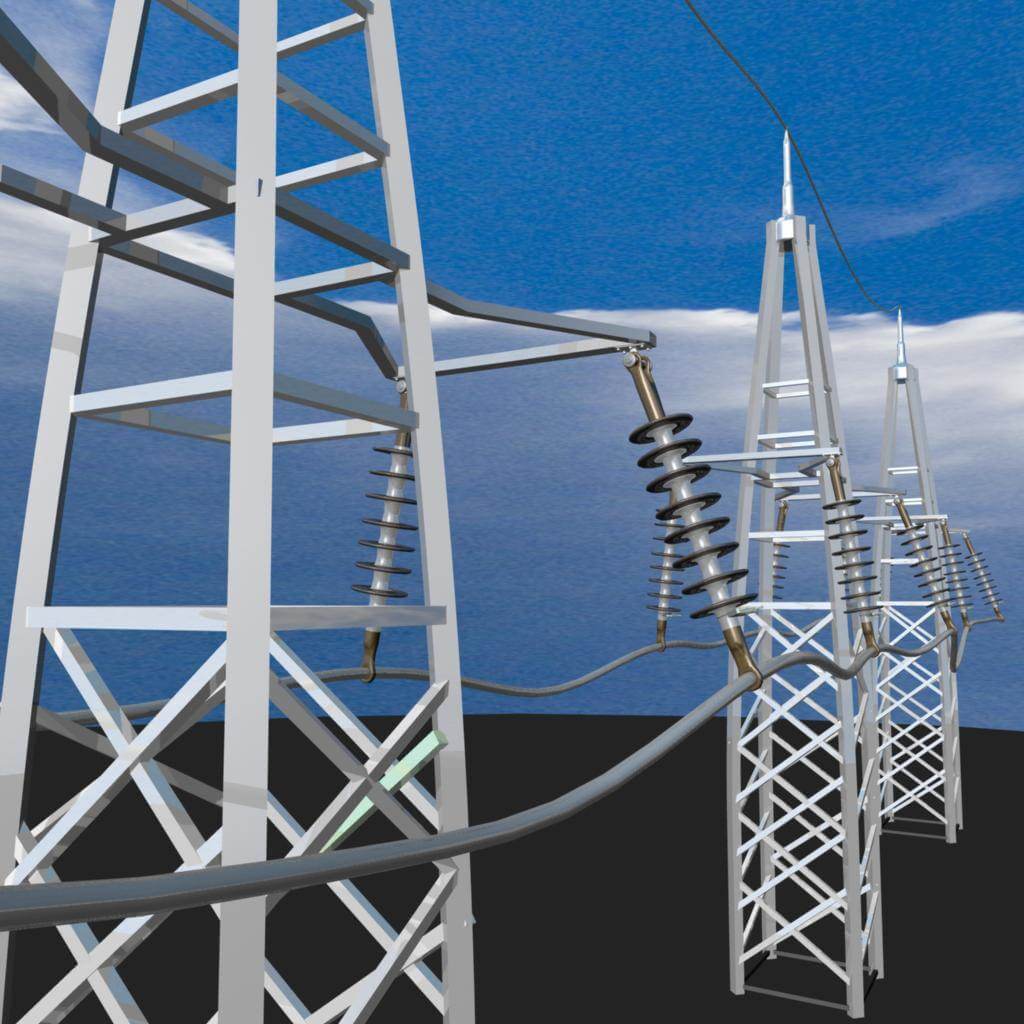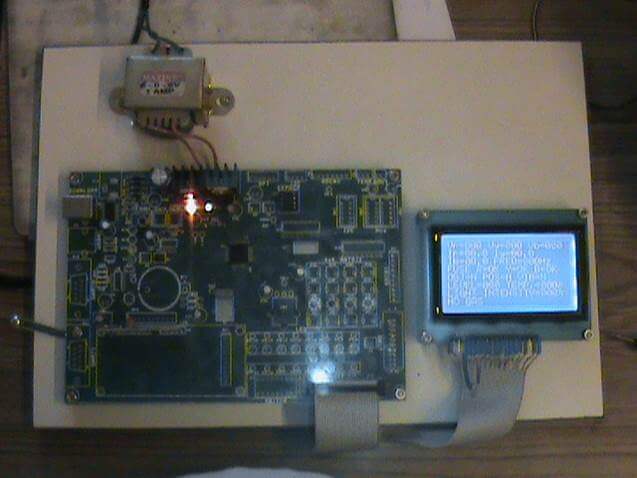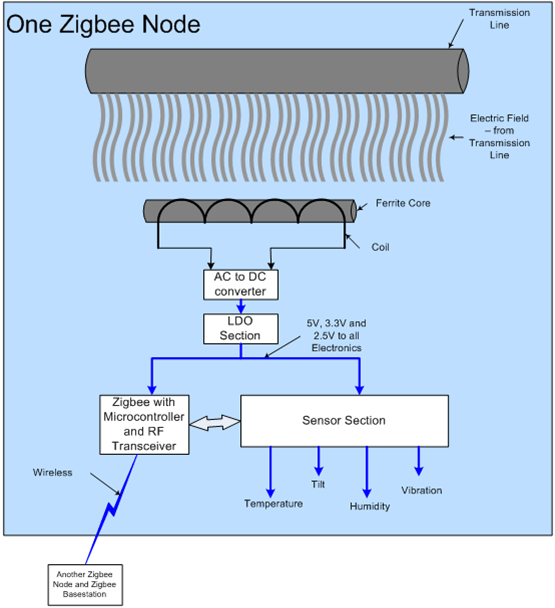WHY MONITORING THE HEALTH OF POWER LINES
- Quality with uninterrupted power supply remains a challenge to electric power industry
- Troubles like power failure, outages would take place at any time
- Therefore the inspection of the system & equipment are very important for normal & uninterrupted operations of power transmission lines.
EXISTING METHODOLOGY
Utility companies (like TNEB, Power Grid Corporation) perform an inspection task by workers using
- Telescopes on the ground
- In air using Helicopters, abroad.
- Therefore the inspection of the system & equipment are very important for normal & uninterrupted operations of power transmission lines.
- An inspection robot was developed for the power transmission line inspection that can know running conditions and find damages of power transmission line equipment .
DISADVANTAGES
- costly
- lack safety
- results are inconsistent
- involve monitoring crews.
- lack Authentication & verification of checking inspection staff’s reports.
- No self power harvesting of the nodes ???
MANUAL VS AUTOMATIC
MANUAL
The results of which are not accurate enough and they also do not give warning of failure -i.e. predictive maintenance.
AUTOMATIC
By Making it autonomous, predictive maintenance in the angle of monitoring and advance information regarding the impending or incipient fault are automatically conveyed.
POC GUIDELINE
- Design and implement the power facility management system, with power harvested sensor cluster
- We focused on the real time data acquisition of transmission /distribution power lines
AUTOMATION – ZIGBEE TECHNOLOGY
The advantages of incorporating Zigbee are
- It does not require line of sight access – i.e. sighting the defects by telescope or infra-red imaging scope, crews etc.
- secondly it can store more information – i.e. the location, No. & other real time information of the O/H line, tower etc & the system is autonomous.
WIRELESS SENSOR NETWORKS
- Customized zibee stack has great potential in power industry to significantly reduce cost, and improve quality of power supply.
- To complement the limitation of exsisting technology, we adopted the WSN (Wireless Sensor Network)
WHY ACTIVE NODES AND WHAT’S NEW IN IT
WHY ACTIVE NODES
-
- Active nodes has larger reading range because it has its own power source.
- So, it can transmit a stronger signal, and readers can access from further away.
WHAT NEW
- In prototype system we will use self powered energy harvested ACTIVE tag, considering cost and power source.
PARAMETERS FOCUSSED
- Monitoring of temperature -Hot spots
IN ADDITION - Monitoring of wind speed, direction of tilt due to gale & storms, of transmission line & towers is an important factor to forecast the safety of a tower structure.
HOT SPOTS –CAUSES AND OCCURANCE
- For joining OH transmission lines, which are mainly manufactured by conductor making companies and comprise ACSR material (Aluminium Conductor Steel Reinforced) having different cross-sections for different current carrying capacities having technical names e.g. Moose, Squirrel Fox, Weasel etc. of which long stretches are required to span the vast stretches, splices are required. These splices are known as connector splices.
- These splices connect section of power lines & are critical to reliability, because they are in the series path of power transmission with current levels commonly more than 1KA (Kilo-Ampere), excess resistance in a splice connection will cause to overheat (I2R effect) & make it susceptible to catastrophic failure, such as downed power line, short-circuits etc. by snapping and touching the other adjacent conductor on the tower.
- Hot spots occur frequently due to surges, traveling waves, lightning strikes, overload of the transmission line, especially at the joints involving splices because they are the weakest links in the chain and are always under stress.
- Hot spots occur frequently due to reasons cited above and also at times are attributed to
a) faulty joint (splice)
b)manufacturing defects in the splice.
METHODOLOGY ADOPTED TO DETECT HOT SOPTS
- The advantage of using Thermocouple (thermal sensor) in this case is, it is a specially shaped thermo sensing head which is spring loaded & is in close physical contact with the splice. Thus directly transmitting the temperature variation of the splice without any inter verifying media.
EXISTING SCENARIO:
The Scenario is considered as number of powered tower lines and UG cables run through. Every tower installed with Zigbee based power and tower line monitoring system. Electrical parameters like voltage, current and frequency being sent to server through Zigbee network to the server. The data transmission takes place through node hopping in the network. Similarly other parameters like ‘tower tilting, inclination of tower and temperature off-shoot” etc… are being sent in a similar manner as mentioned above.
Whenever there is a inclination of the tower or vibrations at the tower or any tilting, corresponding the scenario is taken as the highest priority and the server gets immediate communication through the same network as mentioned above.
The problem is during abnormal events which cause repeated asynchronous data bursts coming from the sensor nodes prevailing/normal zigbee framework cannot accommodate it because of its 128-bytes payload length which is zigbee standard defined .. To be more precise consider this eg:- Assume zigbee based power line monitoring nodes are installed on series of nodes and all nodes are relaying their data synchronously to the receiving base station, when abnormal events occur there will be uncontrollable sensor traffic coming out from different nodes, the server will not be able to handle all the sensor data, it will lose/drop vital information’s coming out from all sensors. As of now there is no such mechanism to collate or handle all abnormal-event raised/asynchronous sensor data traffic coming out from asynchronous nodes … Biggest bottleneck prevailing as of now is once the nodal traffic increases server cannot receive remaining data from all other nodes, What happens is successive repetitions all frames are filled up with asynchronous abnormal data, drop data from other nodes(Data gets choked)It is not updated with other node’s information.
Bottleneck at existing scenario:- Such scenarios prevail due to non-handling of fast varying data at the Zigbee protocol stack level. Standard/prevailing ZigBee framework architecture cannot handle such conditions.
PROPOSED SOLUTION-
CLAIM:-
We have provided the Architectural solution (Refer the below Figures) The first one is the generic Zigbee stack with OSI model. The second one is the actual proposed architectural solution that will overcome the above problem/bottleneck
Protocol Stack Customization

